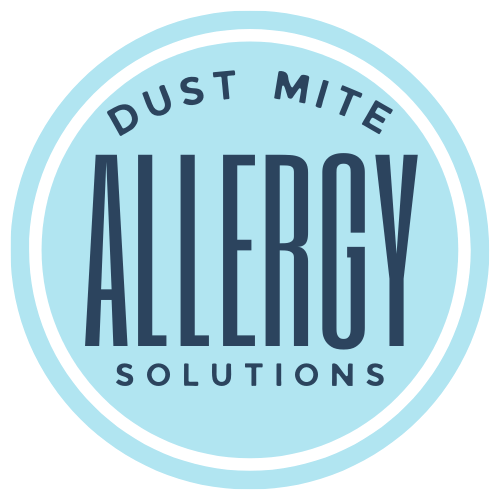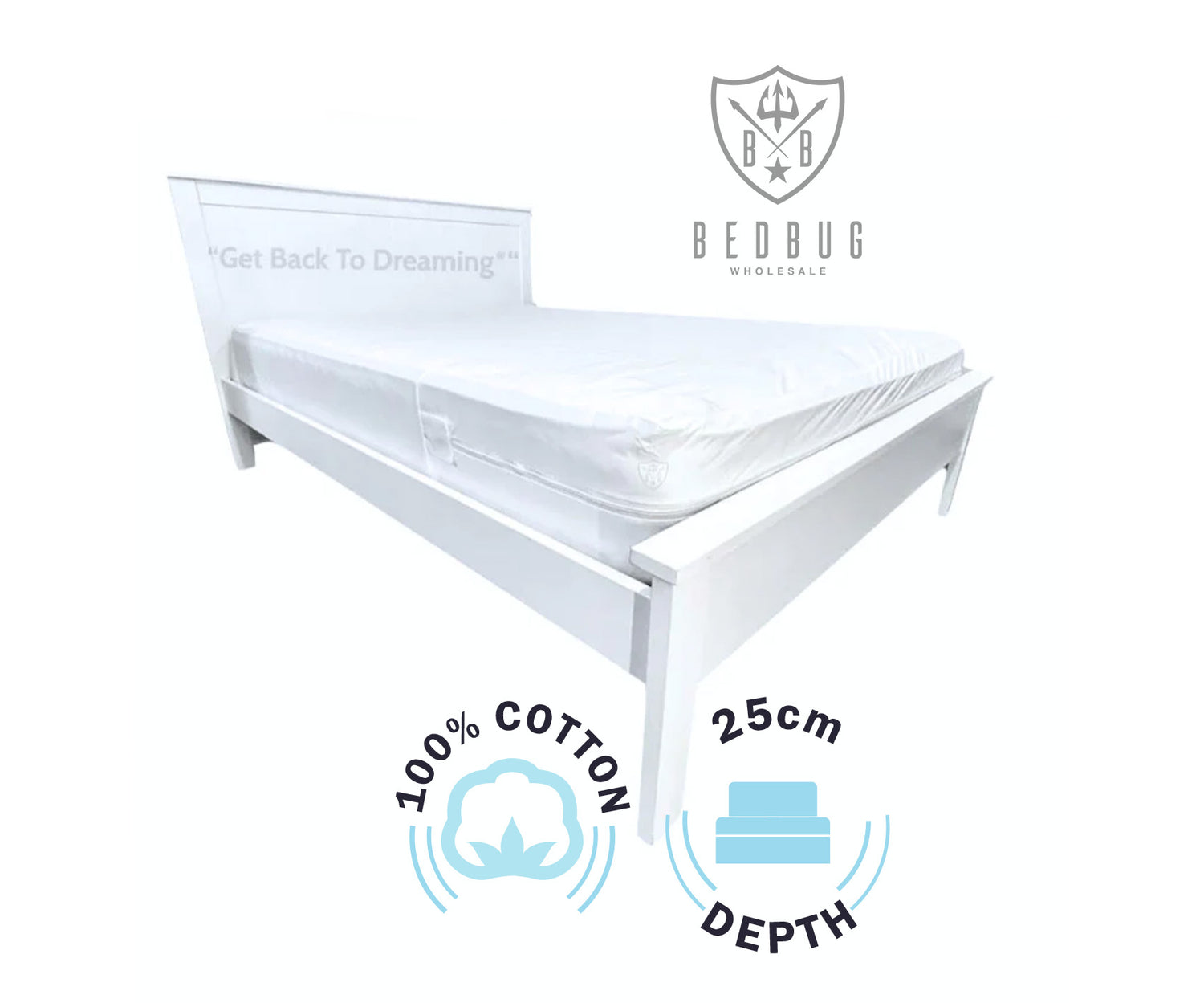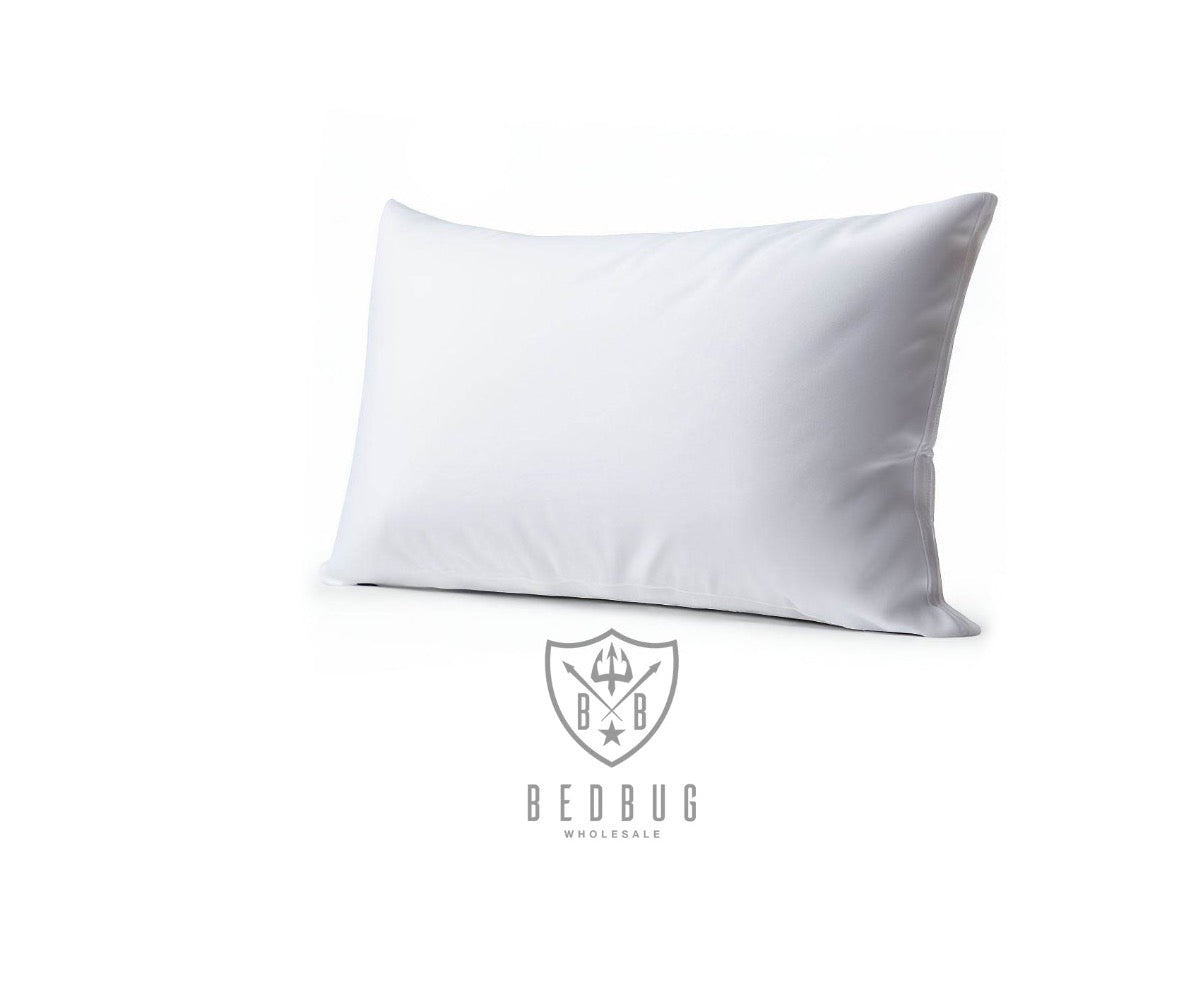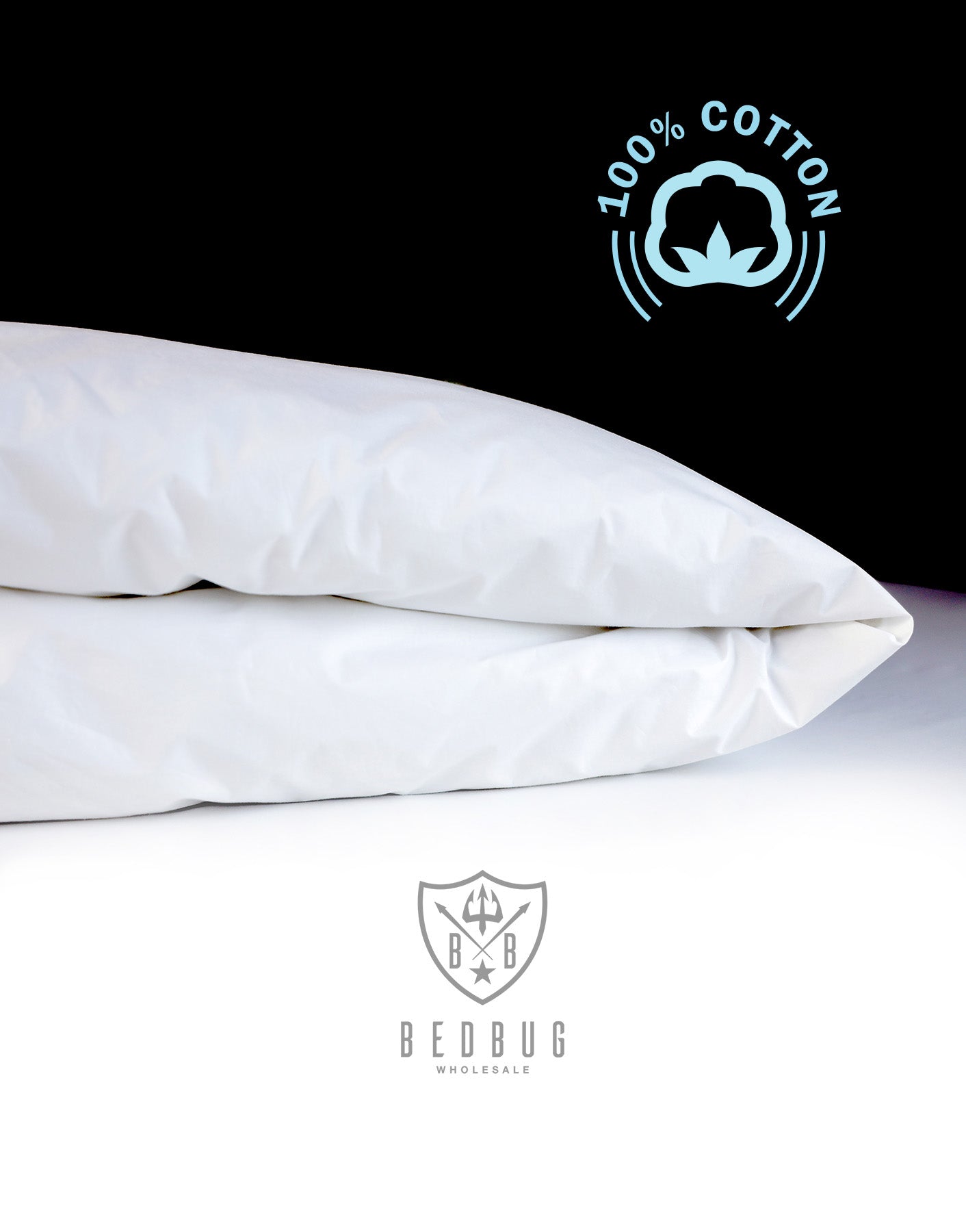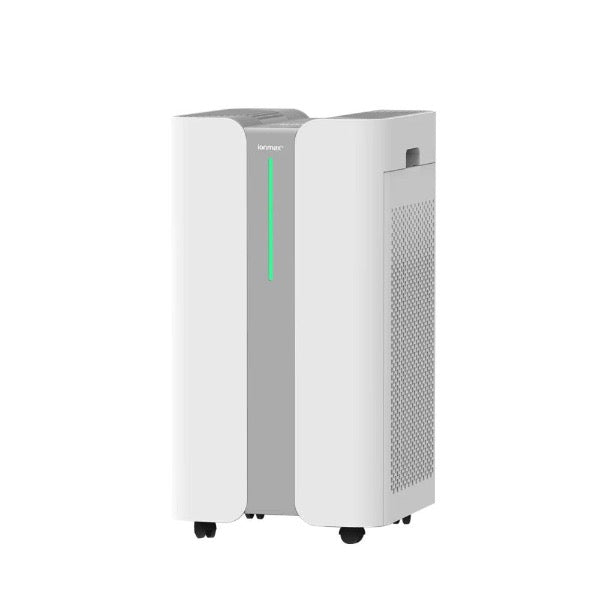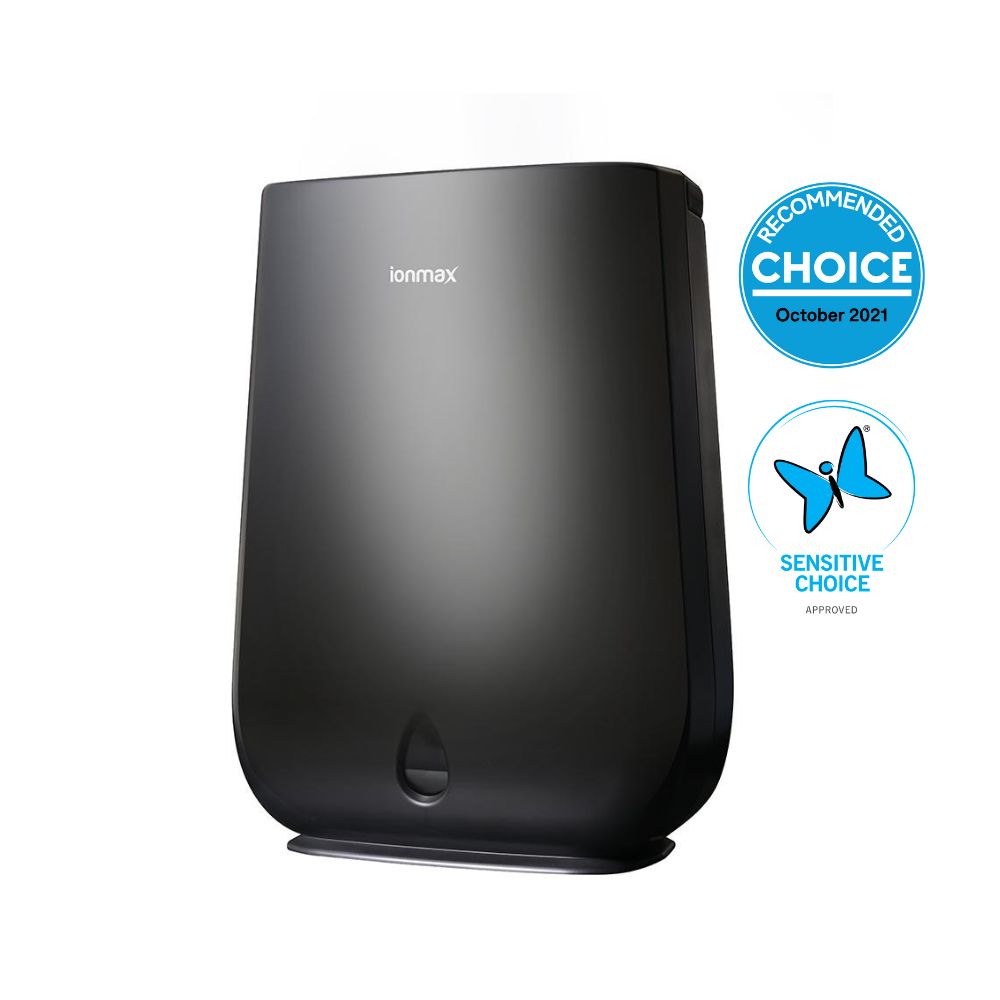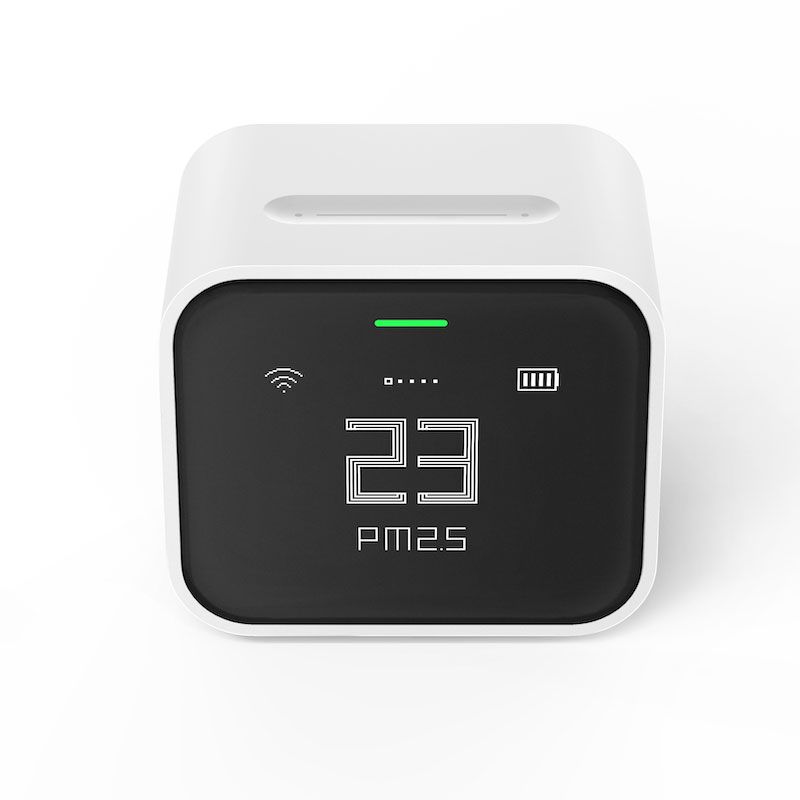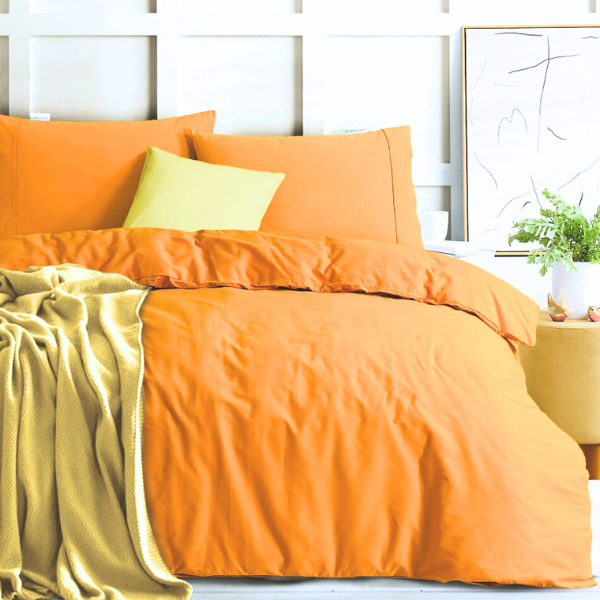What is an Allergy Mattress Cover?
An allergy mattress cover is a protective layer that encases your mattress to prevent allergens like dust mites, pollen, and pet dander from accumulating.
These covers create a barrier between you and potential allergens, helping to reduce allergic reactions and improve sleep quality.
Do Mattress Covers Help With Allergies?
Yes, mattress covers specifically designed for allergies can be highly effective.
- Sealing off allergens inside the mattress.
- Preventing allergens from escaping into the air.
- Blocking direct skin contact with irritants.
A dust mite-proof mattress cover with a tightly woven fabric can significantly reduce allergy symptoms such as sneezing, congestion, and skin irritation.
Do Anti-Allergy Mattress Protectors Work?
Yes, anti-allergy mattress protectors are specifically made to reduce exposure to allergens. These protectors are crafted using:
- Tightly woven fabrics that prevent microscopic allergens from passing through.
- Special coatings that act as additional barriers against dust mites and bacteria.
-
Hypoallergenic materials that minimise irritation for sensitive individuals.
How Do They Work?
Anti-allergy mattress protectors work by encasing your mattress completely, preventing allergens from accumulating or escaping into the air. Regular washing further enhances their effectiveness by removing trapped allergens.
Can You Be Allergic to Bed Covers?
It is possible to be allergic to certain bed covers, especially if they are made from materials that trigger sensitivities. Some covers contain synthetic fabrics or chemical treatments that may cause irritation. To avoid this, opt for hypoallergenic covers made from natural, breathable fabrics like cotton or bamboo.
Can You Wash an Allergy Mattress Cover?
Yes! Washing your allergy mattress cover regularly is essential to maintain its effectiveness. Most covers are machine washable, but always check the care label for specific instructions. Washing in hot water (at least 55°C) helps kill dust mites and remove allergens.
Mattress Covers for Allergies to Dust Mites
Dust mites are a common trigger for allergies. A dust mite-proof mattress cover should have a tightly woven fabric (with a pore size of less than 10 microns) to prevent mites from passing through. Some covers also have a zippered design for full protection.
Allergy Mattress Cover Features to Look For
When choosing an allergy mattress cover, consider these key features:
-
Material: Look for hypoallergenic fabrics like cotton, bamboo, or microfiber.
-
Tight Weave: Ensure the cover has a small pore size to block allergens.
-
Breathability: Choose a breathable fabric to avoid overheating.
-
Waterproofing: Some covers offer waterproof protection, ideal for preventing spills and stains.
-
Ease of Cleaning: Machine-washable covers are the most convenient.
-
Zippered Enclosure: A full encasement design provides better allergen protection than fitted sheets.
Allergy Mattress Cover Options
There are many allergy mattress cover options on the market, including:
-
Encasement Covers: Fully zip around the mattress for maximum protection.
-
Fitted Sheet-Style Covers: Easier to put on and remove but may not provide full coverage.
-
Waterproof Covers: Protect against both allergens and liquid spills.
-
Organic Covers: Made from natural, chemical-free materials for sensitive skin.
Health Benefits of Allergy Mattress Covers
Using an allergy mattress cover can improve your overall well-being by:
-
Reducing allergy symptoms like sneezing, congestion, and skin irritation.
-
Improving sleep quality by minimising nighttime allergen exposure.
-
Protecting your mattress from dust mites, bacteria, and moisture damage.
-
Creating a cleaner, healthier sleeping environment.
Choosing the right allergy mattress cover can make a huge difference in managing allergies and improving sleep quality. Look for a well-constructed, tightly woven cover that suits your needs and lifestyle. With the right protection in place, you can enjoy a restful, allergy-free night’s sleep!
